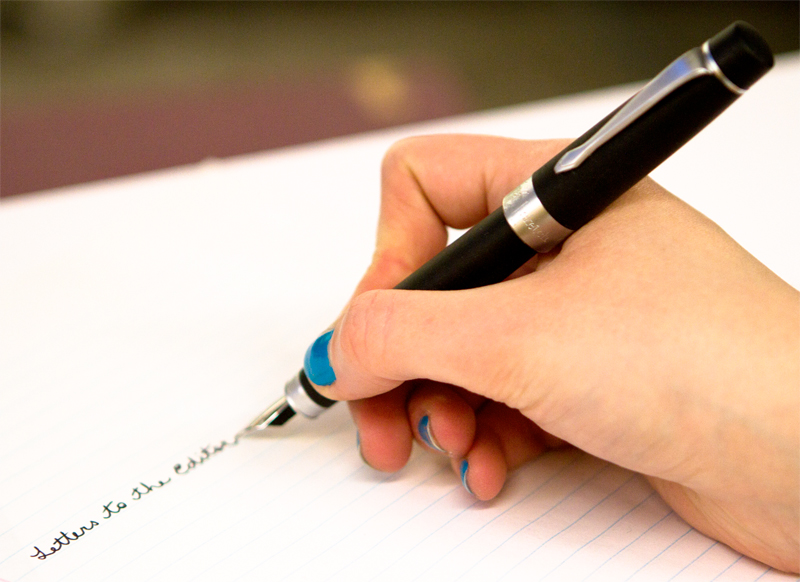From the very beginning, women are taught that appearance is an asset and a commodity in the world of commerce, advertising, school, and pretty much every other aspect of daily life. We live in a world that values “hotness”—a world that values sizing and age-defying over intelligence and candour.
The question remains: When did this sociological trend begin? Or—has it been like this all along?
From the earliest documentation of human life, we see a demand for beauty among women. The connotations of beauty have shifted throughout the years.
We see a vast shift in beauty standards and expectations. In ancient Egypt, in 1292 to 1069 BC, slender shoulders and symmetrical faces were admired.
In Victorian England, from 1837 to 1901, plump, full-figured women were viewed as the paragon of beauty. Women often wore corsets to modify their bodies to adhere to these standards.
In the Roaring ’20s, the ideal figure belonged to those who possessed boyish characteristics, including flat chests, downplayed waists, and small figures.
Once the Golden Age of Hollywood hit, women with curvier bodies were in high demand. Hourglass figures became the trend, led by stars like Marilyn Monroe.
Afterwards, we see a shift in beauty standards in both the Swingin’ Sixties to the heroin chic decade of the 90s. Then, women were encouraged to be willowy, thin, and prepubescent-looking, with translucent skin that often mimicked that of a heavy drug user.
Most recently, we see the dramatic shift that is otherwise popularized today. Modern beauties—such as the Kardashians—are meant to have large butts and breasts, with both a flat stomach and a toned physique.
Despite these ever-changing trends, many companies have begun embracing the diverse selection of body types.
Nonetheless, some companies remain uniformly neglectful, like the globally successful lingerie and underwear company, Victoria’s Secret.
Progression seems to be one of the most desired goals in fashion nowadays, and yet, Victoria’s Secret fails to represent the women that are most commonly seen in real life. The company’s advertising campaigns continue to bombard us with their unrealistic beauty standards.
Plus-size models like Ashley Graham have openly announced their availability to Victoria’s Secret—and yet, when they are included they are subject to false editing and photoshop. If we put such a high premium on being different, then why is this major lingerie company still instilling messages of exclusivity?
The thing is, nothing will ever change if we, the people, don’t speak up. If you recognize the damage that is being done, why not voice your concerns? Write that complaint, talk to your friends—why should we be silenced?
Women, in their very complexities, should be embraced and be able to find themselves portrayed in advertising. Instead of tolerating degrading portrayals of beauty, why not attempt to change them?






